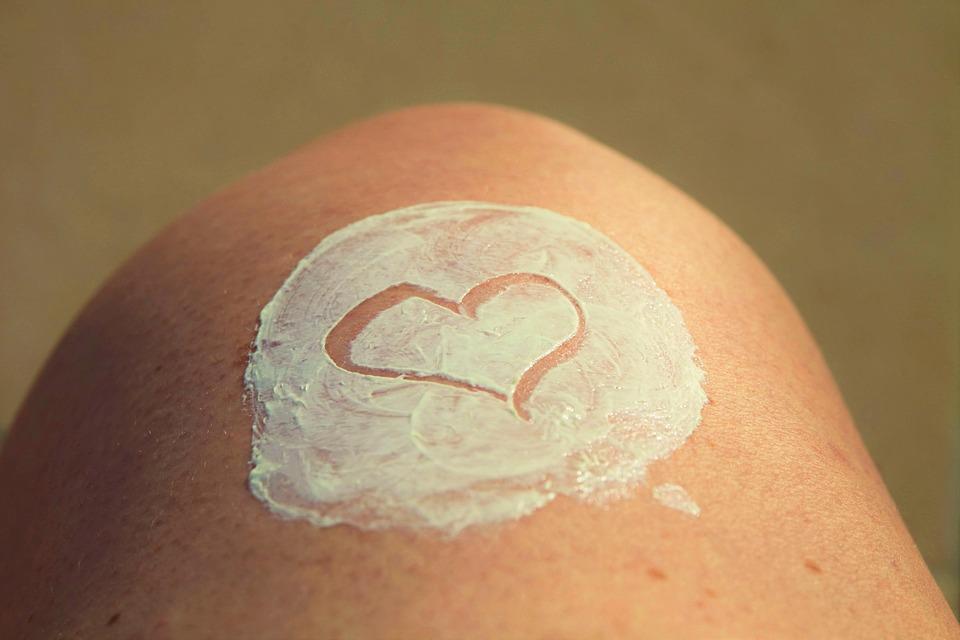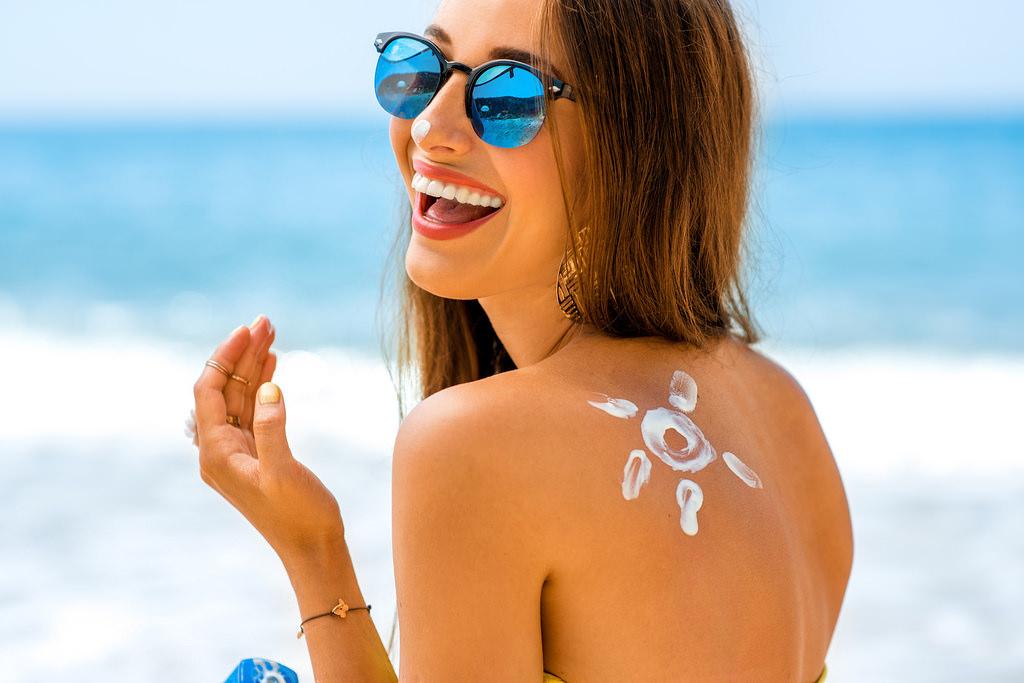Here’s How To Know If Your Sunscreen Is Actually Working For You

Pixabay
As those summer rays keep on, we’re enjoying every last bit left that we have. Obviously, sunscreen is high on our priority list (come on, we’re not savages), but how do we know when sunscreen is actually working for us? So many products dish out claim after claim, yet 73 percent of them aren’t all they’re cracked up to be.
To lock down all the details, we spoke with senior analyst Sonya Lunder from the Environmental Working Group and reviewed its copious amounts of data regarding sunscreen use and skin health. Below are five factors we all definitely need to think about before heading outside.

Pixabay
What SPF are you using?
If you’re someone who reaches for the highest SPF on the shelf thinking that it will provide you the ultimate protection from the sun’s harsh rays, think again. There’s really no point in buying beyond the 50+ marker because properly applied SPF 50 sunscreen blocks 98 percent of UVB rays while SPF 100 blocks 99 percent.
“SPF 70 to 100s are suspect in our eyes because they’re misleading to consumers and the Food and Drug Administration has indicated that it wants to not allow any SPF product to make an SPF claim of greater than 50+,” said Lunder.
In the United States, SPF traditionally measured the amount of protection from UVB rays (the ones that cause sunburn) we receive until the FDA required sunscreens to protect against UVA rays as well (which are the ones that increase melanoma risk). Unfortunately, UVA and UVB protection often don’t work well together. So the higher SPF you choose, you marginally increase your protection from UVB rays but actually decrease your protection from UVA rays.
Long story short: a product with SPF between 30 and 50 gets the job done just fine.
What’s your delivery system preference?
It may sound old school, but lotions beat out any sticks, sprays, powders and towelettes any day of the week when it comes to sunscreen’s protectiveness.
“We really think people should stick with SPF values below 50 and choose lotions rather than sprays,” said Lunder. “Sprays are another thing where there’s a lot of concern that they don’t cover your skin thoroughly. And then inhaling them is an issue because they’re high in alcohol and irritating to your lungs and the ingredients can even pass through your lungs to other parts of your body. Powder sunscreen and towelettes have been banned by the FDA, but those were never really that common.”
How much are you actually applying?
To reap the benefits of the SPF protection marked on the bottle, you need to apply 1 ounce (about a shot glass full) to the exposed areas of your body in one application. That’s a surprisingly large amount of sunscreen, and most people apply no more than half that amount at any given time, which severely diminishes the sunscreen’s effectiveness.
But really. When we apply only a quarter of the necessary amount of SPF 30, the sunburn protection we actually receive is only an SPF of 2.3. And even if we opt for SPF 100, underapplying it can make its functional SPF as low as 3.2. Yikes.

Flickr
Are you reapplying? And if you are, how often?
We’ve all been that person who “forgot” to reapply at the beach (when we were really just avoiding that annoying and uncomfortable combination of sand, salt and sunscreen), but we’re only hurting ourselves.
“The label instructions are a minimum of every two hours, but this also means every time you get out of the water and every time you rub your skin with a towel,” said Lunder. “Your sunscreen is not staying put. It’s tested in very idealized situations where they’re applying the perfect coating to a person and placing them underneath a UV lamp. In the real world, you’re putting on a quarter to half of the recommended amount, you’re running around and getting in the water and drying off with towels and playing in the sand. Plus UV light itself can break down some of the sunscreen ingredients.”
What are the active ingredients on your sunscreen label?
Active ingredients in sunscreens come in two forms: mineral and chemical filters. Most common sunscreens on the American market use chemical filters and in a combination of two to six of the following ingredients: oxybenzone, avobenzone, octisalate, octocrylene, homosalate and octinoxate. Mineral sunscreens, on the other hand, use zinc oxide and/or titanium dioxide.
To avoid harsh skin reactions or potentially harmful chemical absorptions beyond the skin’s surface, pick products that skip oxybenzone, vitamin A (retinyl palmitate) and added insect repellants on the active ingredients list and instead include zinc oxide, avobenzone and mexoryl SX.
There you have it, folks. Buy the right stuff, slather it on, and enjoy the bright and shiny days ahead.











